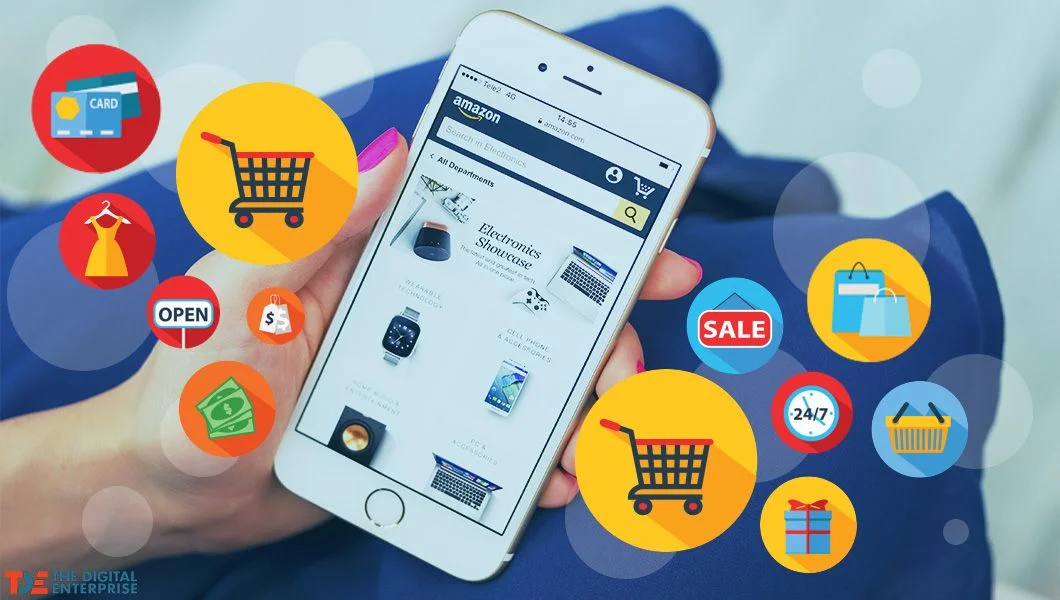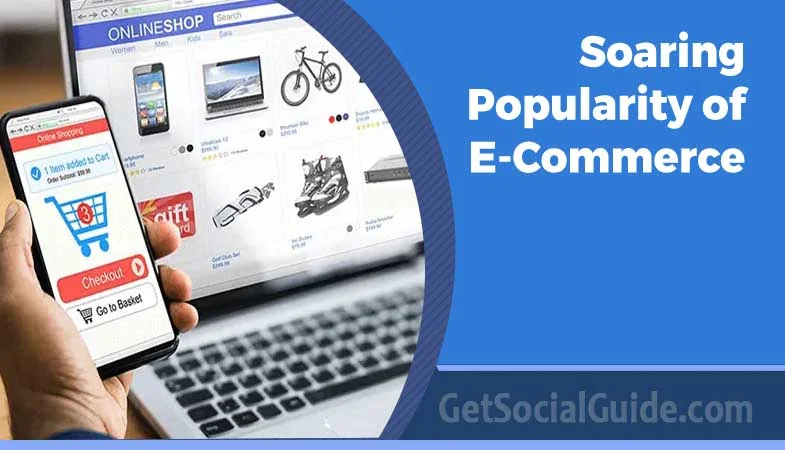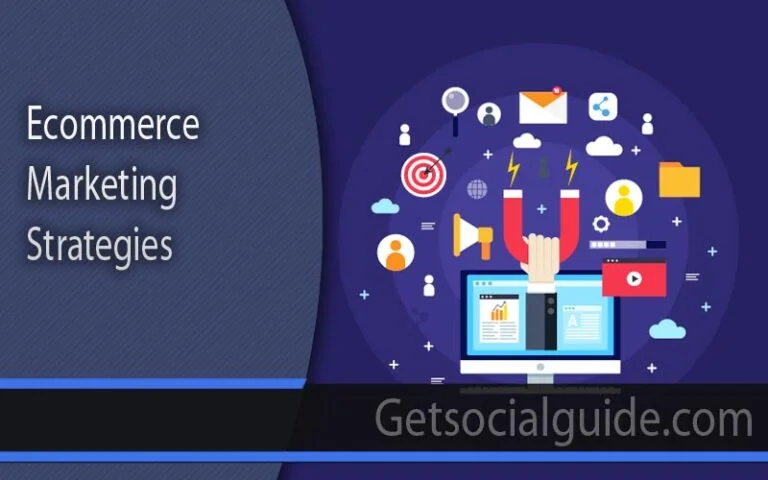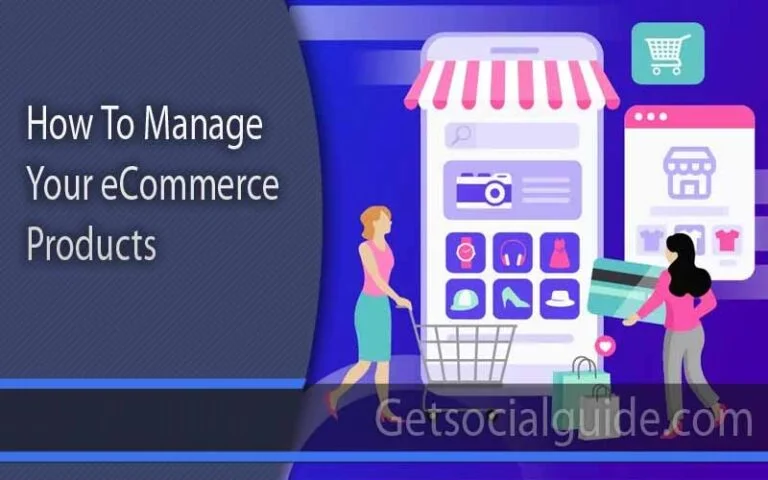The Soaring Popularity of E-Commerce: Crafting an App to Take on the Titans
Welcome to the digital age, where e-commerce has completely transformed the way we shop. With just a few clicks, we can effortlessly peruse and purchase products from the cozy confines of our own homes. But what exactly is e-commerce? It refers to the online buying and selling of goods and services, making it a breeze to connect buyers and sellers from all corners of the globe. And how much does ecommerce app cost? The price can vary significantly depending on factors such as complexity, features, platform, and development resources, ranging from a few thousand dollars to several hundred thousand dollars.

When it comes to e-commerce, a variety of channels are at our disposal, each flaunting its own unique attributes and advantages. Let’s delve into these channels a bit deeper:
E-Commerce Platforms
E-commerce platforms are websites or apps that enable businesses to create online stores and efficiently manage their inventory, payments, and customer interactions. Popular examples of e-commerce platforms include Shopify, WooCommerce, and Magento. These platforms equip businesses with a comprehensive toolbox to establish a solid online presence and sell their products with ease.
Online Marketplaces
Think of online marketplaces as virtual bazaars where multiple vendors can showcase and vend their wares on a single platform. Amazon, eBay, and Etsy are prime examples of widely recognized online marketplaces. These bustling platforms attract hoards of buyers, affording sellers a vast customer base and increased visibility for their offerings.
In recent years, social selling has experienced an explosion in popularity. Platforms like Instagram, Facebook, and Pinterest have seamlessly integrated e-commerce functionalities, granting businesses the ability to flaunt and peddle their products directly on these social media hubs. By harnessing the power of social networks, social selling channels enable businesses to cast their nets wider and engage with potential customers in an unprecedented manner.

Why is There a Surge in Demand for E-Commerce Apps?
The skyrocketing demand for ecommerce apps can be attributed to a myriad of factors:
Convenience
An ecommerce app offer unrivaled convenience to customers. With just a few taps on their smartphones, they can effortlessly peruse a vast array of products, place orders, and have their purchases delivered right to their doorstep. This obviates the need to venture out to physical stores, saving precious time and effort.
Personalization
An ecommerce app leverage the power of data analytics and machine learning algorithms to tailor the shopping experience to individual users. By scrutinizing customer preferences, purchase history, and browsing habits, these apps can make personalized recommendations, ensuring that users are presented with products and offers that truly resonate with them.
Mobile Dominance
The ubiquity of smartphones has led to a meteoric rise in mobile commerce (m-commerce). An ecommerce app provide a seamless shopping experience on mobile devices, empowering users to shop on the go, anytime, anywhere. This mobile-centric approach has revolutionized the way people shop and engage with brands.
Pros and Cons of an E-Commerce App
 An ecommerce app boast a multitude of advantages, but it’s crucial to consider the flip side of the coin as well. Let’s explore the pros and cons:
An ecommerce app boast a multitude of advantages, but it’s crucial to consider the flip side of the coin as well. Let’s explore the pros and cons:
Pros
Accessibility: These apps tear down geographical barriers, making shopping accessible to a global audience.
Enhanced User Experience: Compared to mobile websites, apps provide a more user-friendly and streamlined experience.
Push Notifications: Apps enable businesses to send personalized push notifications, fostering engagement and driving sales.
Offline Capabilities: Some e-commerce apps offer offline functionality, allowing users to browse and make purchases even without an internet connection.
Secure Transactions: Trusted payment gateways and cutting-edge encryption technologies ensure secure transactions, instilling confidence in users.
Cons
Development Costs: Building a feature-rich ecommerce app can be a costly endeavor, entailing upfront development expenses and ongoing maintenance.
App Store Approval: Getting an app approved on major app stores entails complying with stringent guidelines and navigating a potentially time-consuming process.
Device Compatibility: Ensuring compatibility across various devices and operating systems can pose a formidable challenge.
User Acquisition: In an intensely competitive market, attracting and retaining users for an ecommerce app can be a daunting undertaking. Technical Issues: App crashes, sluggish loading times, and other technical glitches can exasperate users and tarnish the app’s reputation.
Creating a Formidable E-Commerce App
To craft an ecommerce app that can go toe-to-toe with the industry behemoths, several key elements warrant careful consideration:
Intuitive User Interface
An interface that is both user-friendly and visually captivating is paramount to attract and retain users. The app should flaunt a sleek design, effortless navigation, and a seamless shopping experience.
Robust Backend Infrastructure
A dependable and scalable backend infrastructure is essential to handle heavy traffic loads, securely process transactions, and effectively manage inventory.
Personalization and Recommendation Engine
Implementing a recommendation engine fueled by state-of-the-art machine learning algorithms can elevate the user experience by suggesting products based on individual preferences and browsing behavior.
Seamless Checkout and Payment Integration
A frictionless and hassle-free checkout process is pivotal in minimizing cart abandonment rates. Integrating trustworthy payment gateways and offering multiple payment options can enhance customer satisfaction.
Efficient Inventory Management
A well-oiled inventory management system is vital to ensure accurate stock updates, timely order fulfillment, and efficient logistics.
Monetizing Your E-Commerce App
While building an ecommerce app requires a financial investment, there are various strategies to generate revenue:
Transaction Fees
Imposing a percentage-based or flat transaction fee for each purchase made through the app can serve as a revenue stream.
Subscription Models
Offering premium features or exclusive content through a subscription-based model can generate a steady stream of income.
In-App Advertisements
Displaying relevant advertisements within the app presents an opportunity to monetize the user base.
Sponsored Listings
Allowing businesses to promote their products through sponsored listings or featured placements can yield additional revenue.
The Future of E-Commerce Apps
Ecommerce apps possess a promising future, fueled by evolving technologies and shifting consumer preferences. Here are a few trends to keep an eye on:
Augmented Reality (AR) Shopping
AR technology empowers users to visualize products in real-world settings, enriching the virtual shopping experience and bridging the gap between online and offline realms.
Voice Commerce
With the surge in popularity of voice assistants such as Amazon’s Alexa and Google Assistant, voice commerce is gaining traction. Users can now place orders and make purchases using voice commands, streamlining the buying process even further.
Social media platforms continue to integrate e-commerce functionalities, enabling users to discover and purchase products without having to depart from their beloved social networks. Social commerce is poised to witness substantial growth in the years ahead.
Conclusion
E-commerce apps have ushered in a new era of shopping, offering unparalleled convenience, personalization, and a seamless mobile experience. By comprehending the various e-commerce channels, weighing the pros and cons, and incorporating essential features during the app development process, businesses can create apps that can thrive in this competitive market. With well-executed monetization strategies and a keen eye on emerging trends, the future of e-commerce apps appears exceptionally bright, promising ongoing innovation and industry expansion. So, get ready to delve into the realm of e-commerce and carve out your niche in this digital marketplace!



